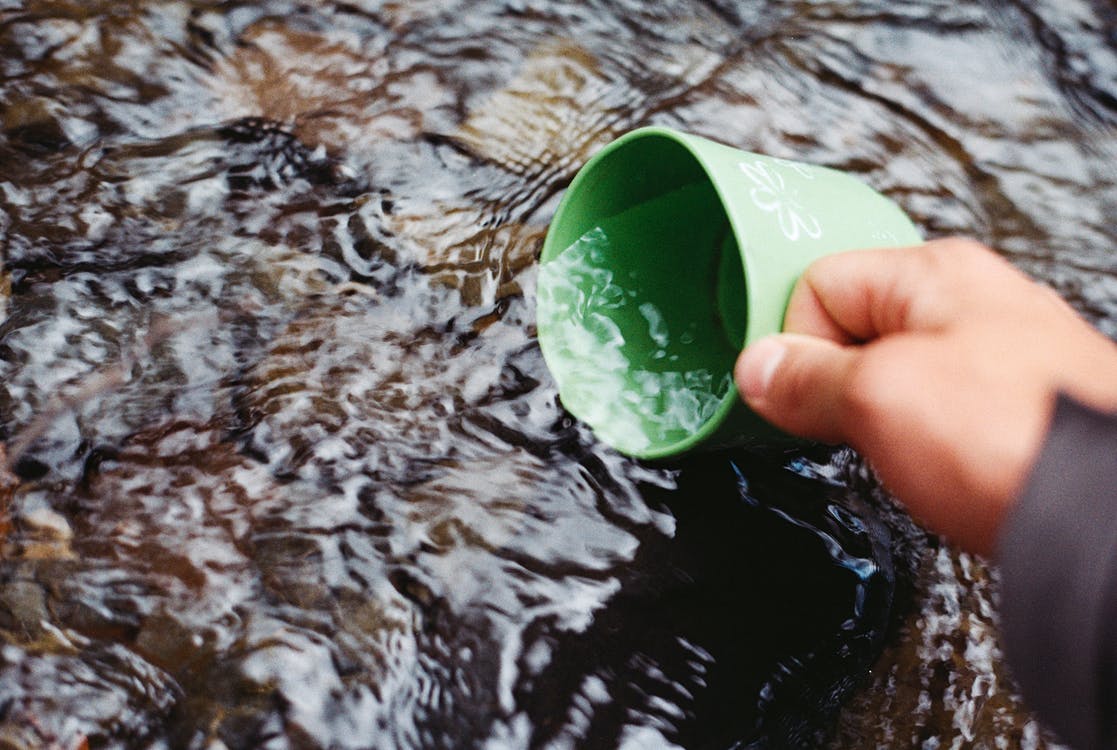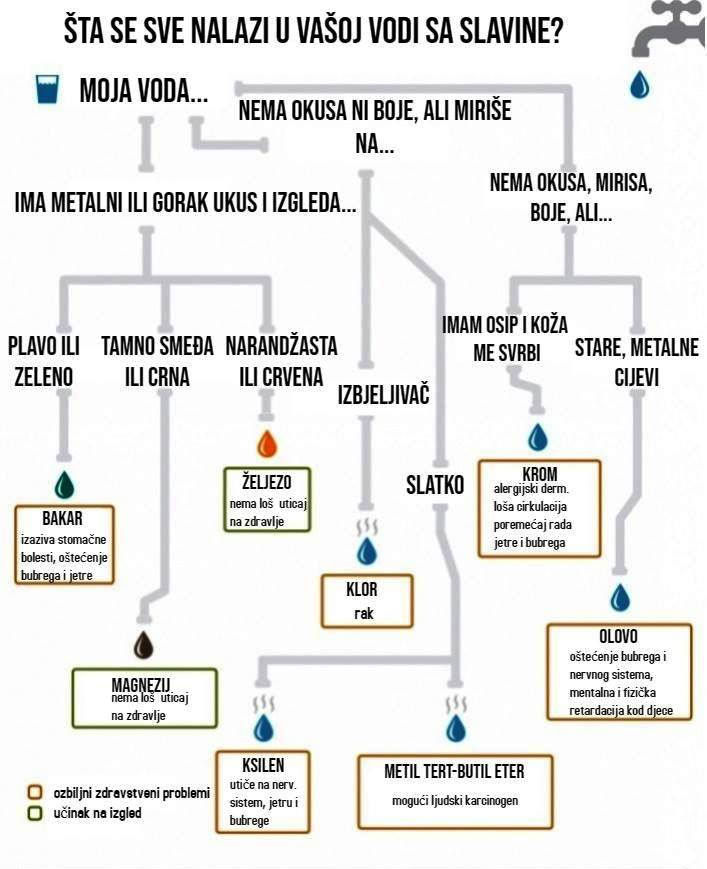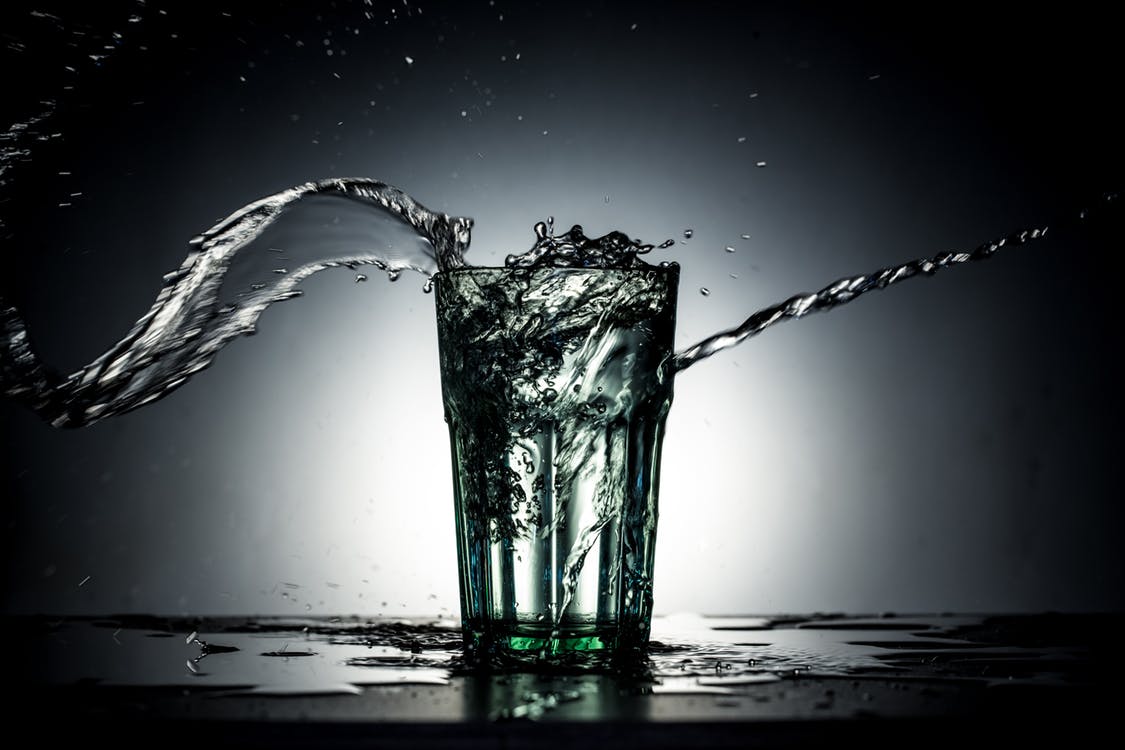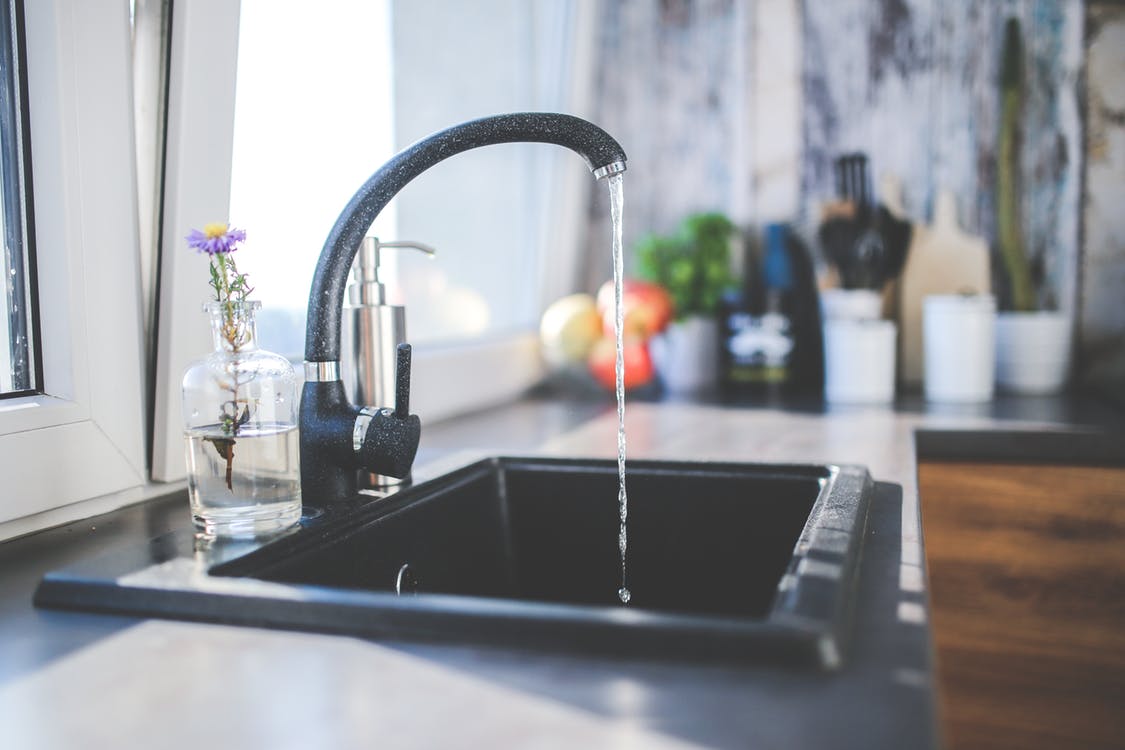Tap Water – What’s Actually in It?
We drink, bathe, cook, and clean with it. But how much do we really know about the water that flows out of our faucets? Some regionsfare better than others when it comes to contaminants, but lead, bacteria, and nitrates can still make their way into water supplies . So before drinking up, let’s take a closer look at what’s on tap.
Troubled Waters? — The Need-to-Know
Tap water comes from one of two sources: surface water (including reservoirs, rivers, and lakes) or groundwater (from artesian and deep wells). But before it hits our thirsty lips, most H2O undergoes an important disinfection process, (chlor) destroying most harmful organisms like bacteria and parasites. But chlorination won’t kill off every bad guy, and some disease-carrying germs can still pollute surface water — and ultimately tap water — through the stool of infected animals or people (ick, we know). Lead and copper can also crash the party via corroded pipes, mostly in homes built before 1970, when copper pipes and lead joints were deemed acceptable. Other less-than-ideal findings: nitrates and other chemicals from fertilizer and pesticide runoff, arsenic (via erosion, orchard runoff, and industrial waste) and even fuel . And then there’s the alphabet soup of chlorination byproducts — some of the most controversial and potentially harmful contaminants of them all. \r\n\r\nIt sounds pritty scary, isn’t it? Luckily, regulation and laws by the safe drinking water act, unwanted intruders are capped at concentrations generally safe enough for the average healthy individual.
But chlorination won’t kill off every bad guy, and some disease-carrying germs can still pollute surface water — and ultimately tap water — through the stool of infected animals or people (ick, we know). Lead and copper can also crash the party via corroded pipes, mostly in homes built before 1970, when copper pipes and lead joints were deemed acceptable. Other less-than-ideal findings: nitrates and other chemicals from fertilizer and pesticide runoff, arsenic (via erosion, orchard runoff, and industrial waste) and even fuel . And then there’s the alphabet soup of chlorination byproducts — some of the most controversial and potentially harmful contaminants of them all. \r\n\r\nIt sounds pritty scary, isn’t it? Luckily, regulation and laws by the safe drinking water act, unwanted intruders are capped at concentrations generally safe enough for the average healthy individual. Tips for Tap — Your Action Plan
Tips for Tap — Your Action Plan
While the quality of H2O will vary between homes, there are a few ways to start sipping more soundly. First, contact the local Public Water Supply for a Consumer Confidence Report, and ask about further testing options if data is limited. And in the meantime, consider trying these simple tips to reduce lead (one of the most dangerous toxins) in drinking water: • Run It. When a particular faucet hasn’t been used for six hours or more, “flush” the cold water pipes by running the water until it becomes as cold as it will get.
• Run It. When a particular faucet hasn’t been used for six hours or more, “flush” the cold water pipes by running the water until it becomes as cold as it will get.
• Drink Cold. For drinking, cooking, and preparing baby formula, always reach for the cold water tap. Hot water is likely to contain higher levels of lead.
• Re-Strain. Routinely clean and replace faucet strainers, which can accumulate debris, metals, and other sediment.
• Take a Sniff. Smell rotten eggs, chemicals, or an earthy or metallic-type odor? Consult the water filtering experts who will offer you the best solution for your needs.
• Go Filtered. Pregnant women, children under the age of 6, and those with weak immune systems should opt for filtered water to keep harmful contaminants away.
Of course, bottled water is always an alternative to tap (albeit a pricier one), just remember that not every bottle comes “straight from the source.” Some bottled brands are simply purified tap water — or not even purified at all. But in areas with good quality drinking water, and after taking all the recommended precautions, there should be little to worry about when it comes to tap. Studies show there might even be some pluses, including fluoride to promote strong teeth, as well natural mineral content like calcium, magnesium, and sodium, which could be beneficial to some individuals . So if the tap at home makes the grade, drink up! What’s your go-to source for hydration? Bottled? Tap? Pitcher or RO Devices? Send us the comments or your request on what kind of water filtration device would be best for your home, and we will gladly respond and give you an advice
But in areas with good quality drinking water, and after taking all the recommended precautions, there should be little to worry about when it comes to tap. Studies show there might even be some pluses, including fluoride to promote strong teeth, as well natural mineral content like calcium, magnesium, and sodium, which could be beneficial to some individuals . So if the tap at home makes the grade, drink up! What’s your go-to source for hydration? Bottled? Tap? Pitcher or RO Devices? Send us the comments or your request on what kind of water filtration device would be best for your home, and we will gladly respond and give you an advice


 BiH
BiH
